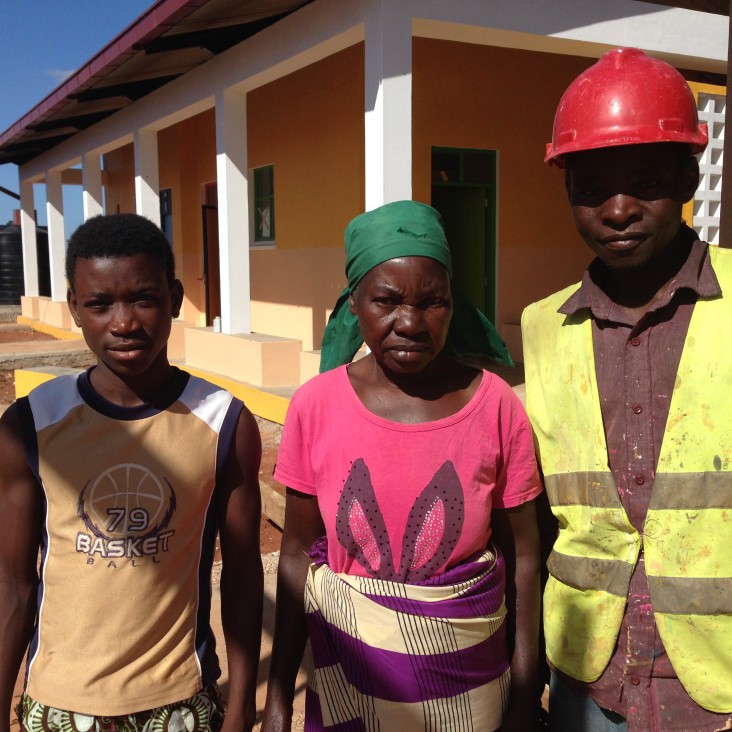
February 2016—People living in the village of Arijuana in Mozambique's Zambezia province must travel 25 to 50 kilometers on foot to access basic health care. The distance is often too far for the sick to undertake. A new health center in the final stages of construction, however, stands as a testament to perseverance and ingenuity amid a harsh and isolated environment.
The new Arijuana Health Center is a five-hour drive from the main highway through the bush. Along the way, the bumpy dirt road passes a game farm, coconut plantation ruins, a timber warehouse, and the shores of the Zambezi River. The mouth of the Zambezi meets the Indian Ocean just a few kilometers away. Offshoots of the river meander through the area, swell, and eventually overflow when seasonal rains begin in late November, completely cutting off access from the main road.
USAID and its partners are nearing completion of 15 additional rural health centers in remote areas of Nampula, Zambezia and Tete provinces.
Astute construction teams are meeting the logistical challenges of building health centers in these remote communities. They moved supplies long distances and over rough terrain. The team responsible for the Arijuana site ran three military-grade trucks continuously for five weeks to deliver construction material before seasonal rains arrived. Mud caused regular delays and the trucks’ gear boxes had to be changed regularly.
The health center’s floor plans are five times larger than the standard public health center in Mozambique. The windows are fitted with sturdy wooden shutters instead of glass, which would shatter easily. There is extra storage space for medicine and supplies in case deliveries are delayed. Separate areas are designated for maternal, HIV and TB care to protect patients’ privacy and reduce the spread of infectious diseases. Expecting mothers have a house with cooking facilities.
Between 5,000 and 10,000 villagers are expected to benefit from the Arijuana Health Center.
The communities have rallied around the health centers. About 50 men from Arijuana worked on the construction site and were able to learn from more experienced craftsmen.
Maria Thualo, a community leader who lost loved ones on journeys to find health care, laid the first cornerstone of her new health center. “All of us are really grateful. We never expected to see a building like this here,” she said.
Construction of the rural health centers began in April 2014 and is expected to finish in April 2016. The health centers will provide up to 160,000 rural Mozambicans access to health care, including HIV prevention, treatment and care services. By increasing the number of service delivery points, the centers will help to strengthen the Mozambican health system and reduce costs associated with community access to care.
LINKS
Follow @USAIDMozambique, on Facebook, on Flickr, on YouTube







Comment
Make a general inquiry or suggest an improvement.